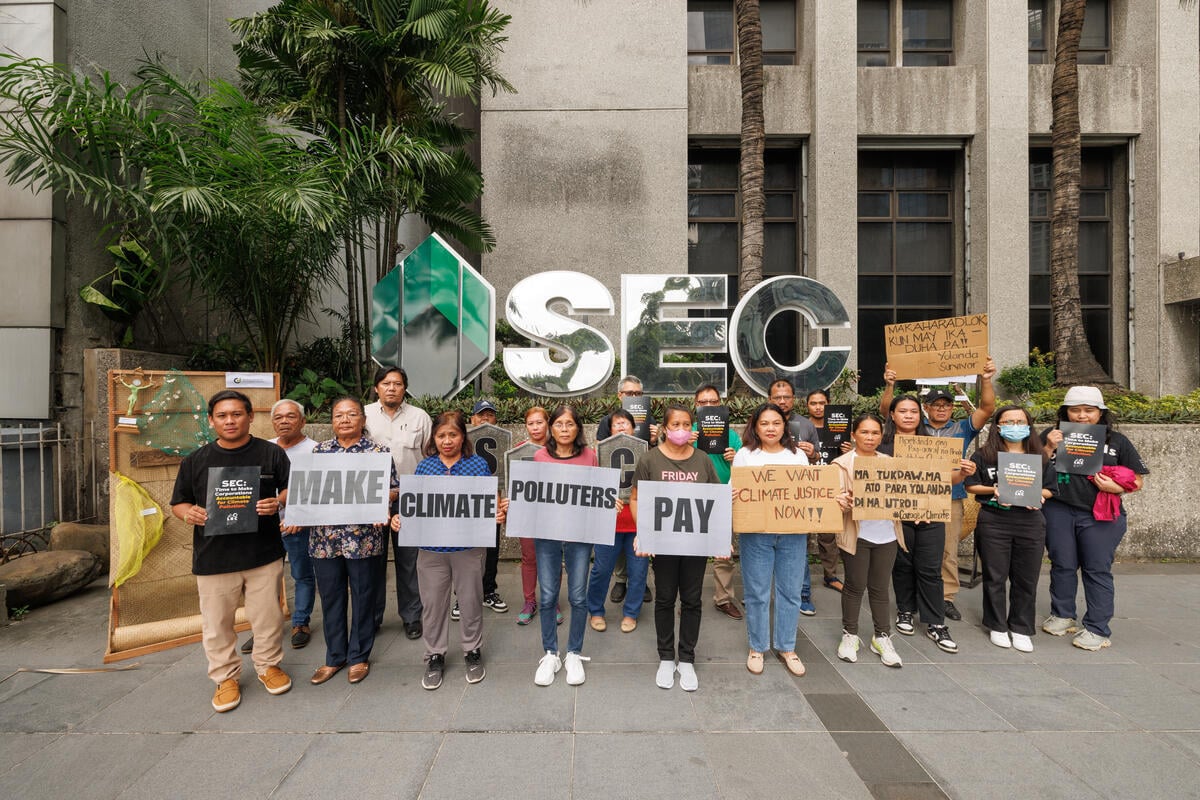From ECQ, MECQ and GCQ, air pollution rebounds with the return of transport and industry. What strategies can national and local governments pursue to solve air pollution and keep citizens safe and healthy?
Introduction
On March 16, 2020, transportation and industries ground to a near halt in Metro Manila as the government enforced an “enhanced community quarantine” (ECQ) in the country’s busiest metropolis. The lockdown was only one of the many across the globe that was implemented in an effort to slow down the spread of COVID-19. With the majority of the metro’s 2.5 million fossil fuel reliant motor vehicles off the road, air quality in the city was visibly improving. In fact, within less than 10 days, an air monitoring laboratory recorded a 180% decrease in PM2.5 since the start of the ECQ.
But two months later on May 16, with the easing of quarantine regulations and the return of motor vehicles around the capital brought on by the modified ECQ (MECQ), air pollution is gradually making a comeback.
Every year, air pollution from fossil fuels takes millions of lives, increases risk to strokes, lung cancer and asthma, and costs the country trillions of dollars in economic losses. Filipinos have long been bearing the brunt of climate impacts, as well as health and economic impacts of dirty air.
But air pollution doesn’t have to be an inescapable reality. The ECQ gave Filipino citizens a glimpse of what cities can be like with vastly improved air quality. It also showed us that air pollution can be solved without sacrificing people’s access to mobility.



